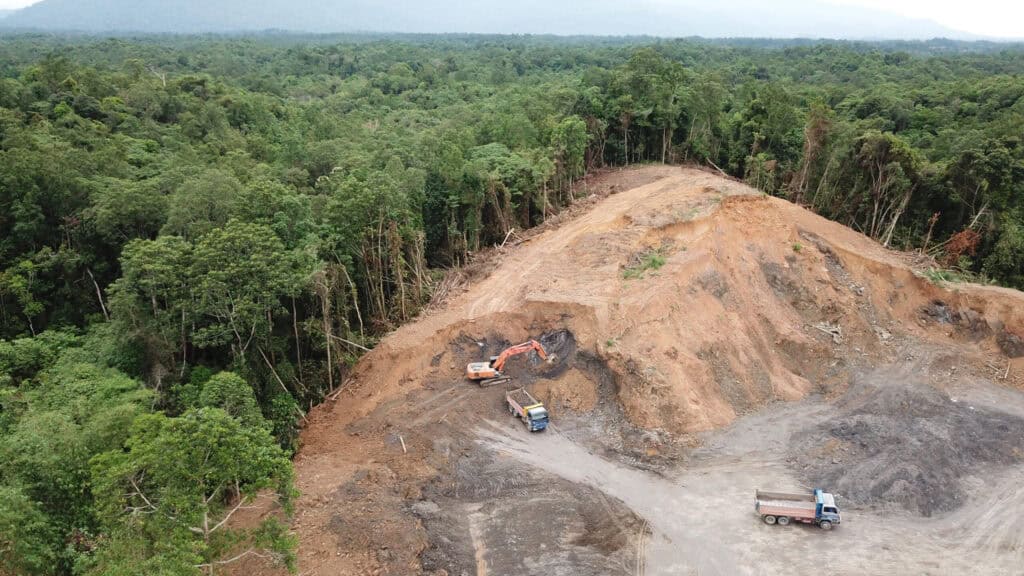Alex Crisp of Future of Foods Interviews speaks to Sajeev Mohankumar from the FAIRR Initiative to understand better how focused investment impacts the just transition from intensive animal farming to a more sustainable and humane food system.
FAIRR is dedicated to highlighting the environmental, social, and governance (ESG) risks and opportunities embedded in global food and agricultural systems – it connects 400+ investors, representing over $70–80 trillion in assets under management, providing them with data and frameworks to integrate concerns into investment decisions.
Alex: How big of a role does meat and dairy farming play in climate change? People are focused quite a lot on energy, aren’t they? But I know farming and agriculture have a bigger impact than people realise. How big is the effect, and what’s FAIRR doing to try to address this?
Sajeev: Yeah, that’s a great question. I think if you wanna look at it from a holistic standpoint, I would use the planetary boundaries framework to understand that.
It’s been updated by the Institute of Climate Impact Research. So essentially what it’s saying is, there are climate and nature impacts from many sectors. And it shows where we are as a planet in terms of the tipping points, and which are irreversible changes that have happened to the planet.
Six out of those nine planetary boundaries have already been crossed. From overall human activity, but agriculture, like I said, is unique, right? Because it’s not only a sector that is contributing to this. And I’ll get into some of the specifics as to how it does, but it’s also a sector that’s deeply dependent on some of the climate and nature benefits.
So clean water, soil, air, and so on. When it comes to the AgriFood sector and climate change, it’s a sector that contributes to a quarter of the greenhouse gas emissions. It’s second only to energy. It’s more than transportation buildings and so on. That’s a big contribution.
But not only that – the agricultural production takes around 77% of all agricultural land. Livestock production itself takes around that because of animal feed and the raising of livestock, and so on.

The number one driver of deforestation and land conversion is intensive animal production, but it’s not only that; it consumes 30% of global freshwater. It also depletes soils in terms of resources, if you’re applying synthetic fertilizers and chemicals to your soils, which leak into your water.
So it’s not only a question of water availability, but it also impacts water quality. Then there is this question of antibiotics. So it’s one of the sectors that is fed the most amount of antibiotics. And these antibiotics stay in the animals, and come into humans. There is a problem from a health aspect.
With this sector, the way it operates at the moment, it contributes across the different planetary boundaries, be it climate change, deforestation, biosphere integrity, water pollution, soil pollution, and so on. So it’s a sector that needs to be transformed.
And that is a theory of change at FAIRR.
And coming to your second question to ask – what FAIRR does. FAIRR is an investor network, essentially. And we work with over 415 investor members. And that constitutes around 80 trillion US dollars in assets under management. Quite a massive number in terms of the influence that we have.
In a nutshell, what we try to do at FAIRR is use our investor network as a conduit to shape corporate sustainability practices so that we can facilitate the transition towards a more fair and just AgriFood system transition. We give investors a variety of tools and resources to do so – that’s a part of my day job. So I’ll just run through a couple of examples of what we do.
So one of the things that investors really value is how companies are operating. So we have something called as the Protein Producer Index which looks at 60 of the largest protein producing companies around the world.
And we have thousands of KPIs spanning climate, nature, social governance issues, and so on. And we give investors a detailed, deep dive into these companies. So when they are assessing, their performance or impact on their own portfolios, they’re able to get that information.
But it’s not only about these raw numbers. We need to convert that into investor peak, let’s say, which is around financial materiality on their portfolios. What these climate and nature targets or commitments achieve or how they operate, influences the profitability and the P&L. We also try to do that. We have tools and resources.
Listen to the full podcast episode on Substack – https://futureoffoodsinterviews.substack.com/p/investing-to-transition-away-from




